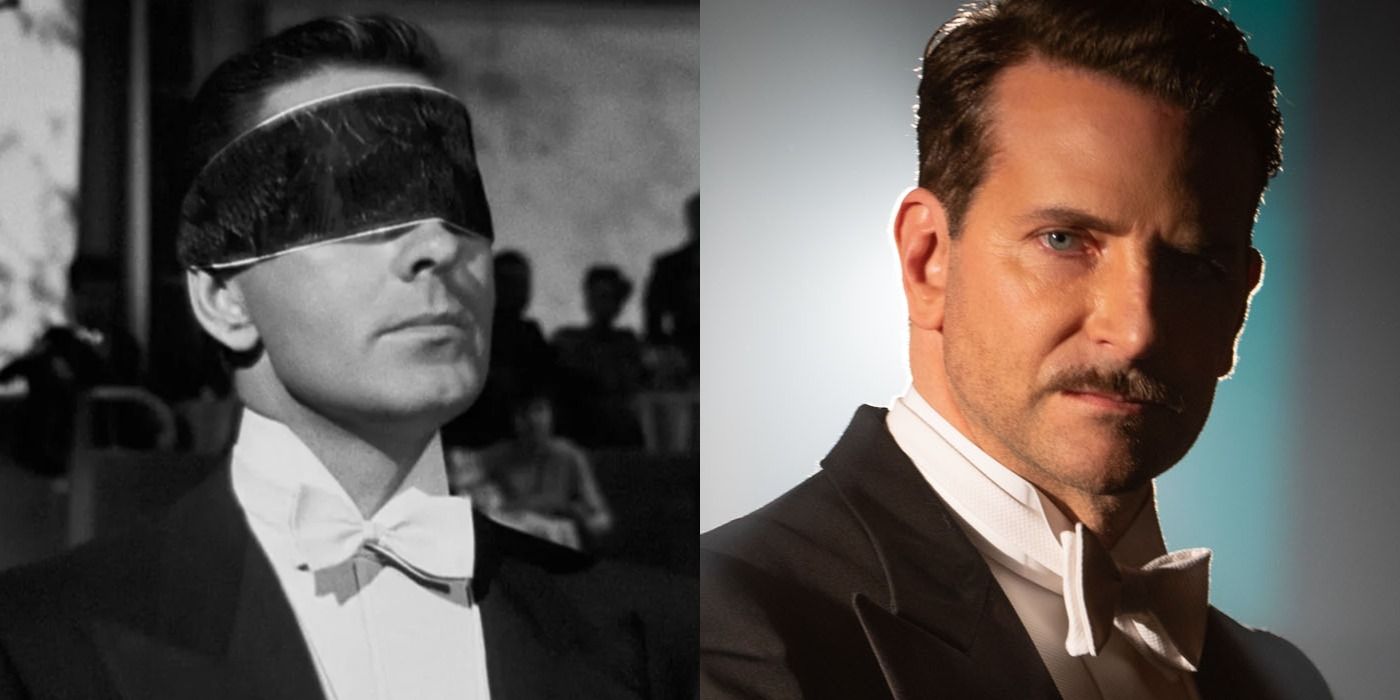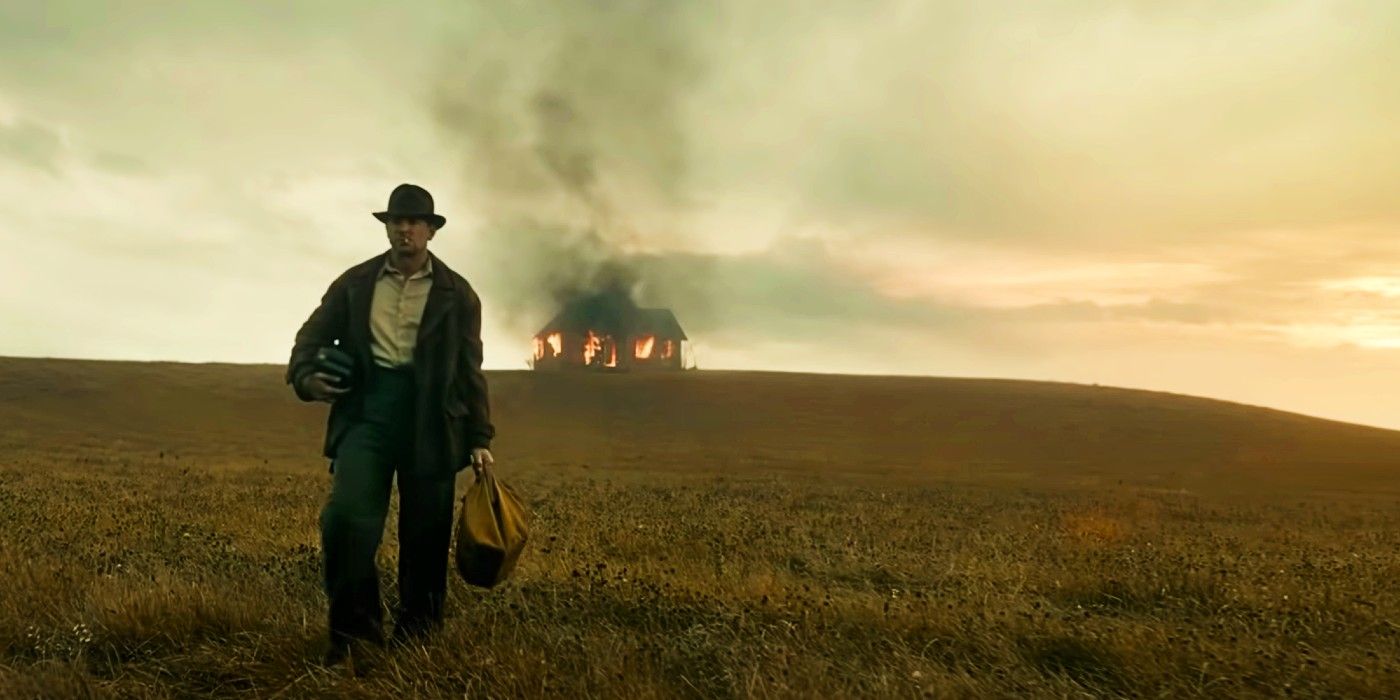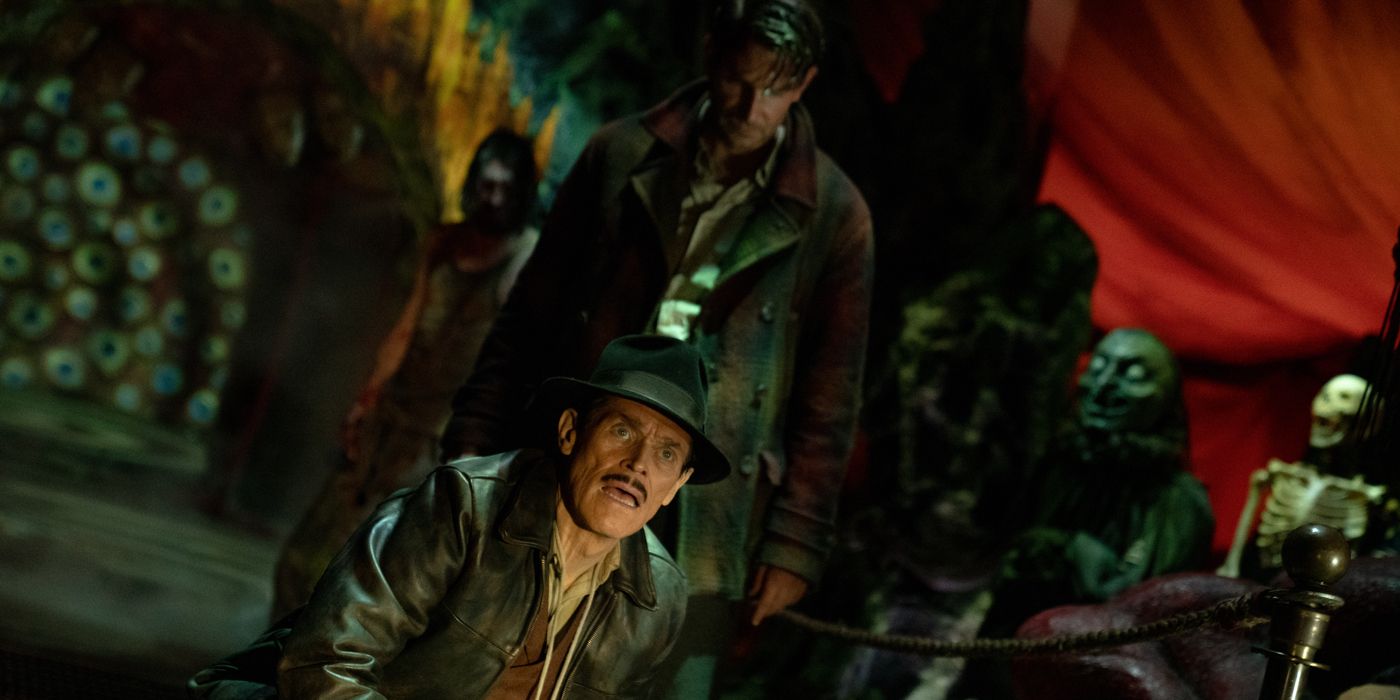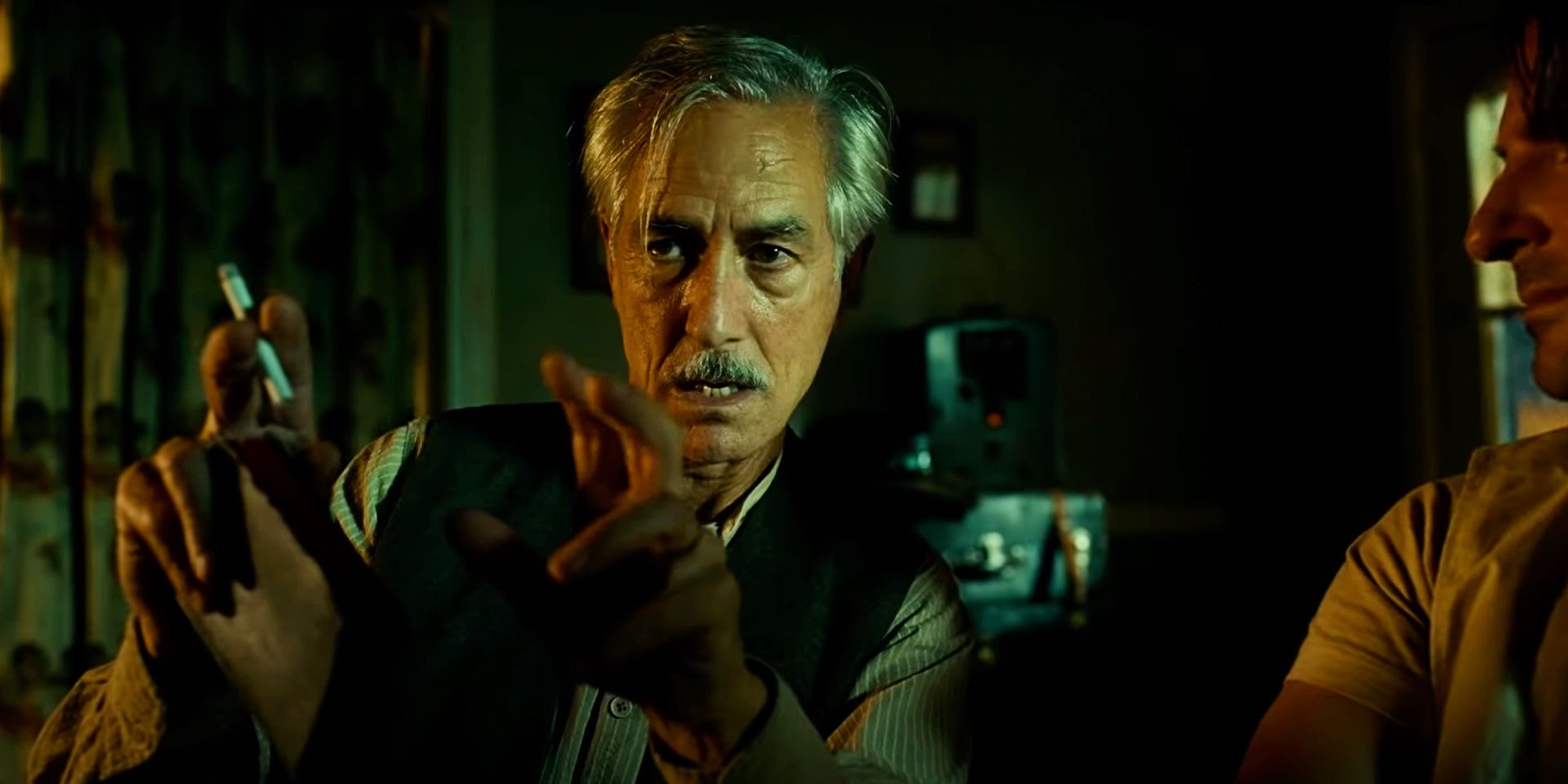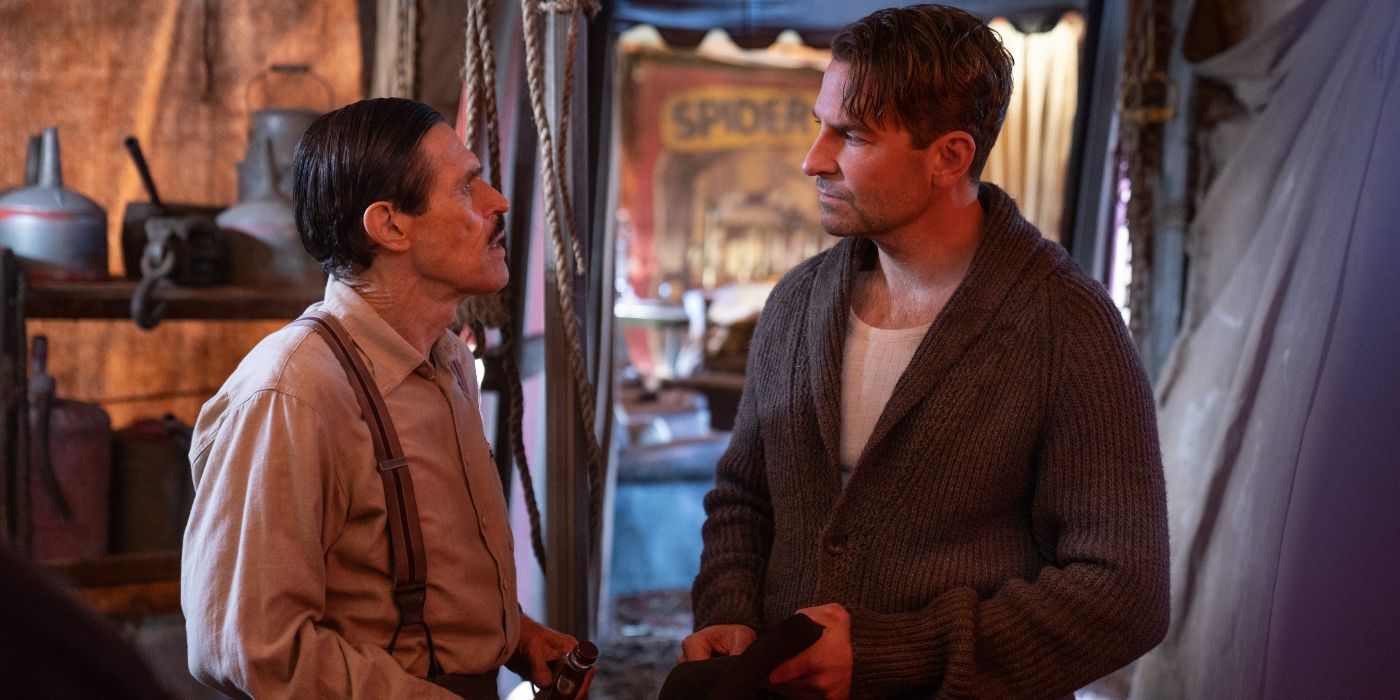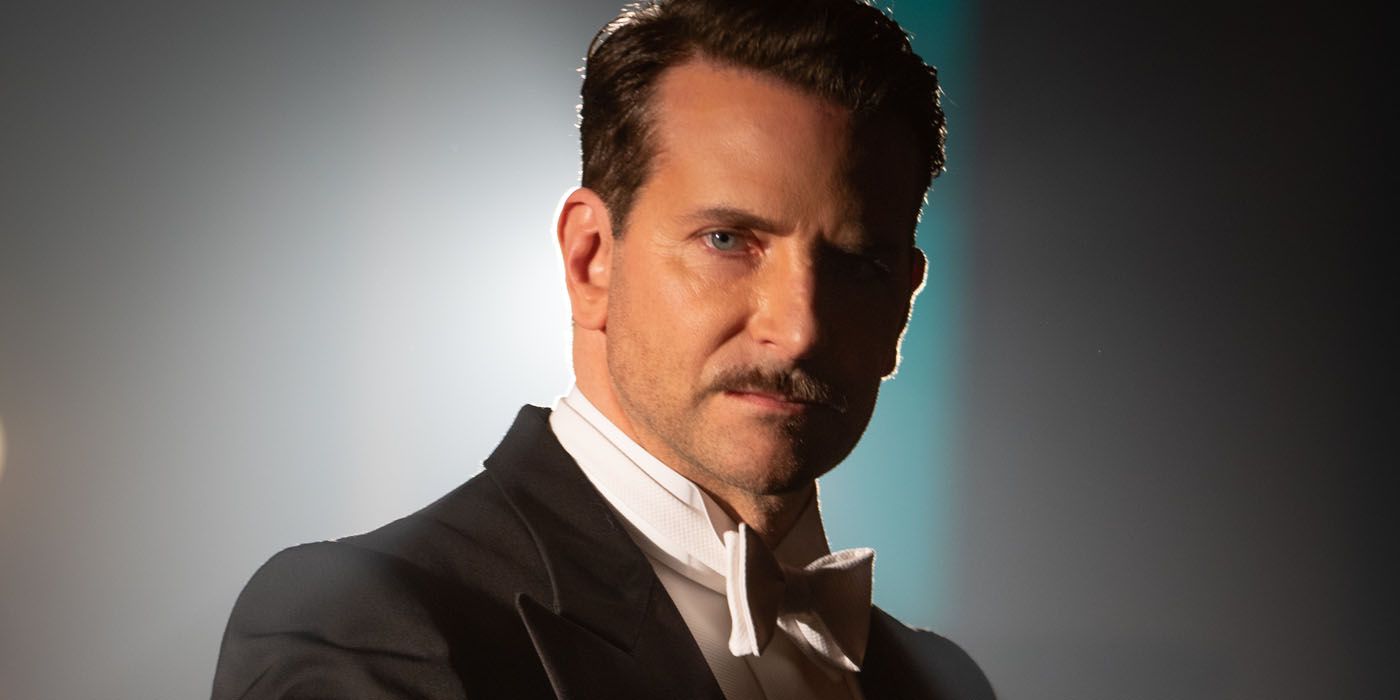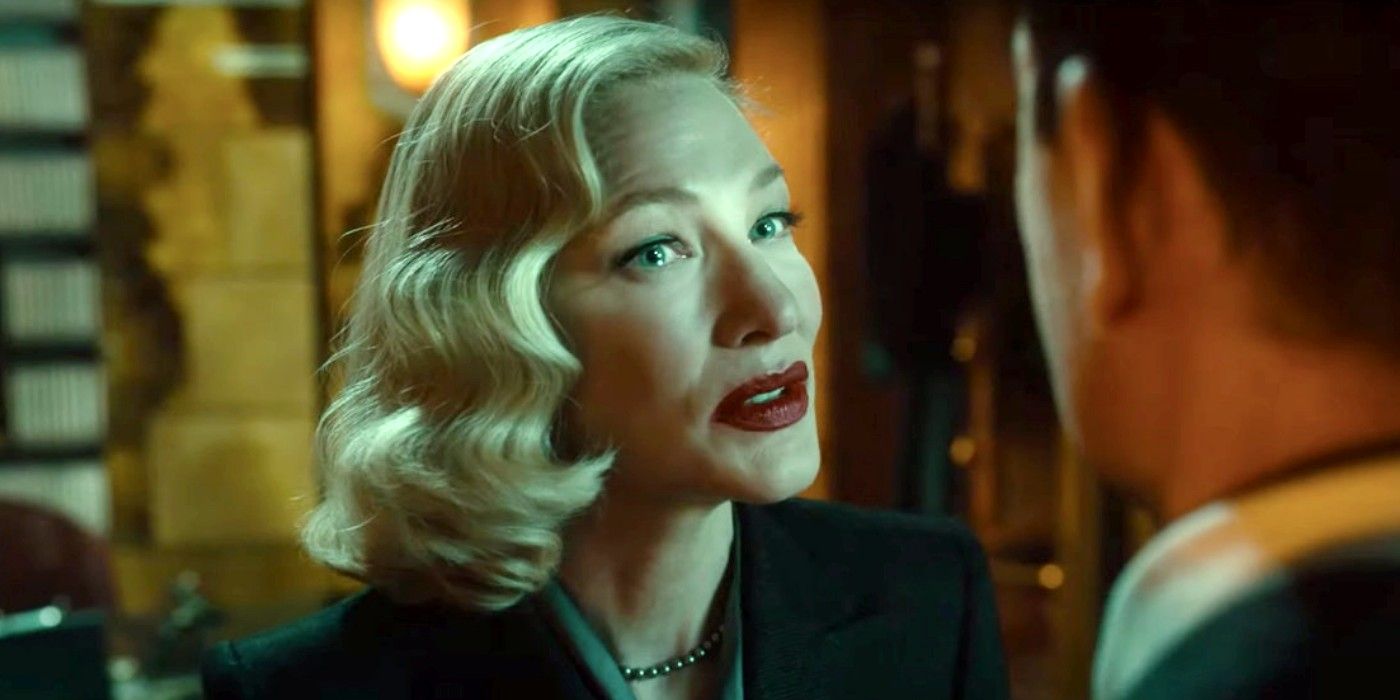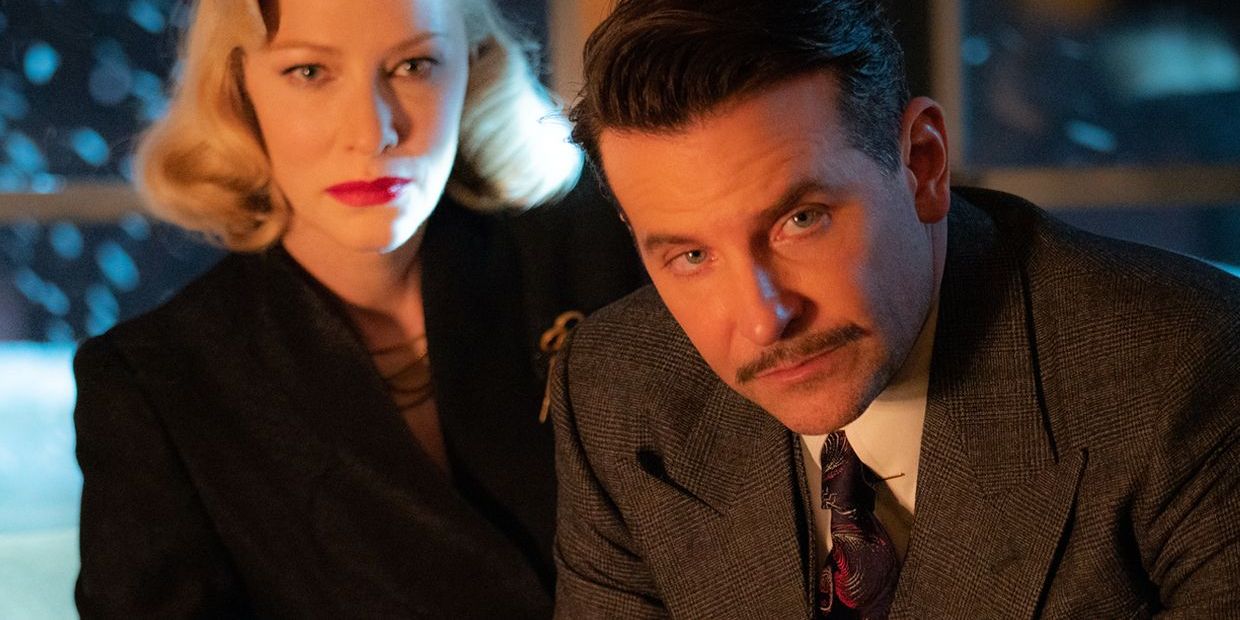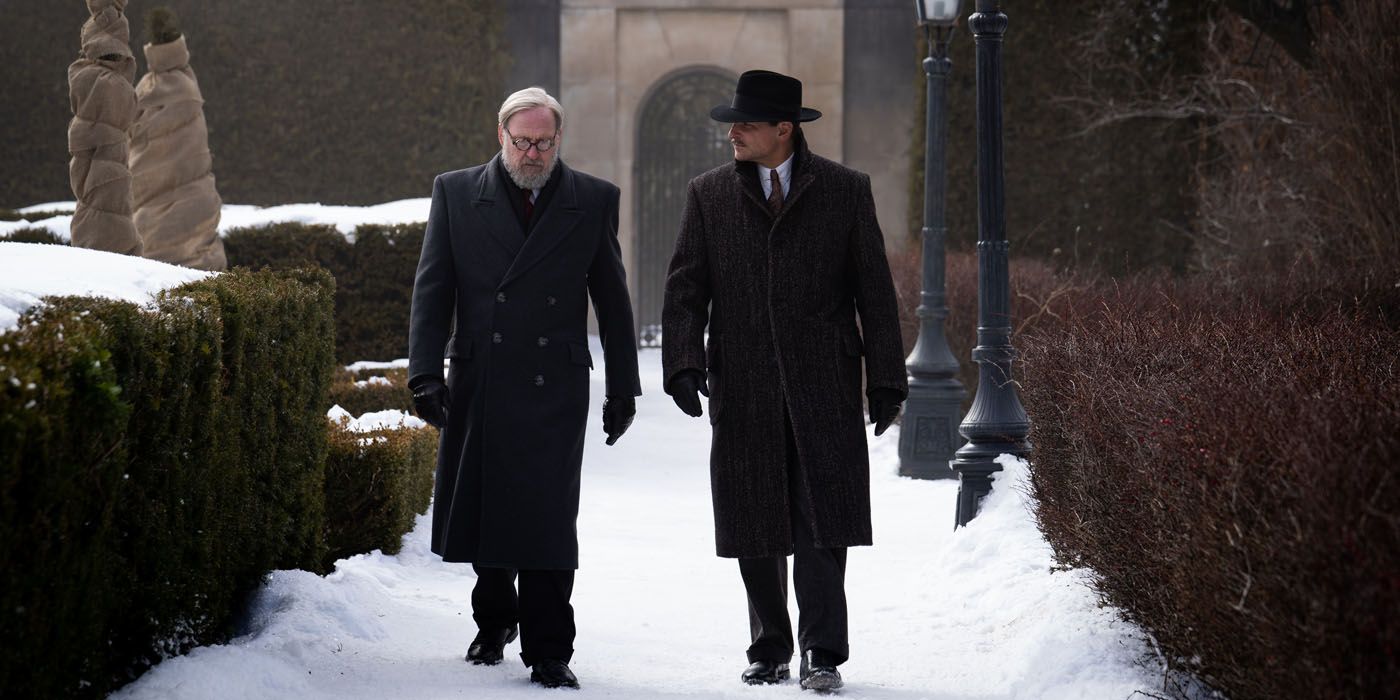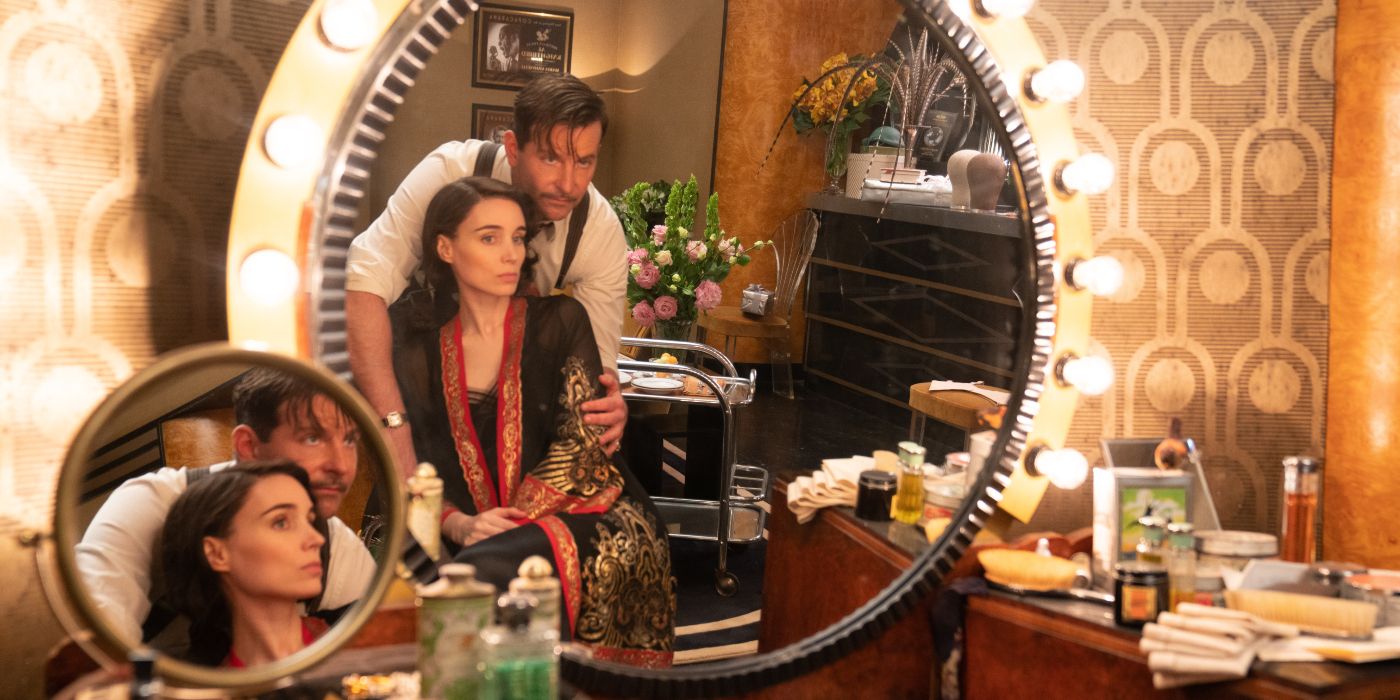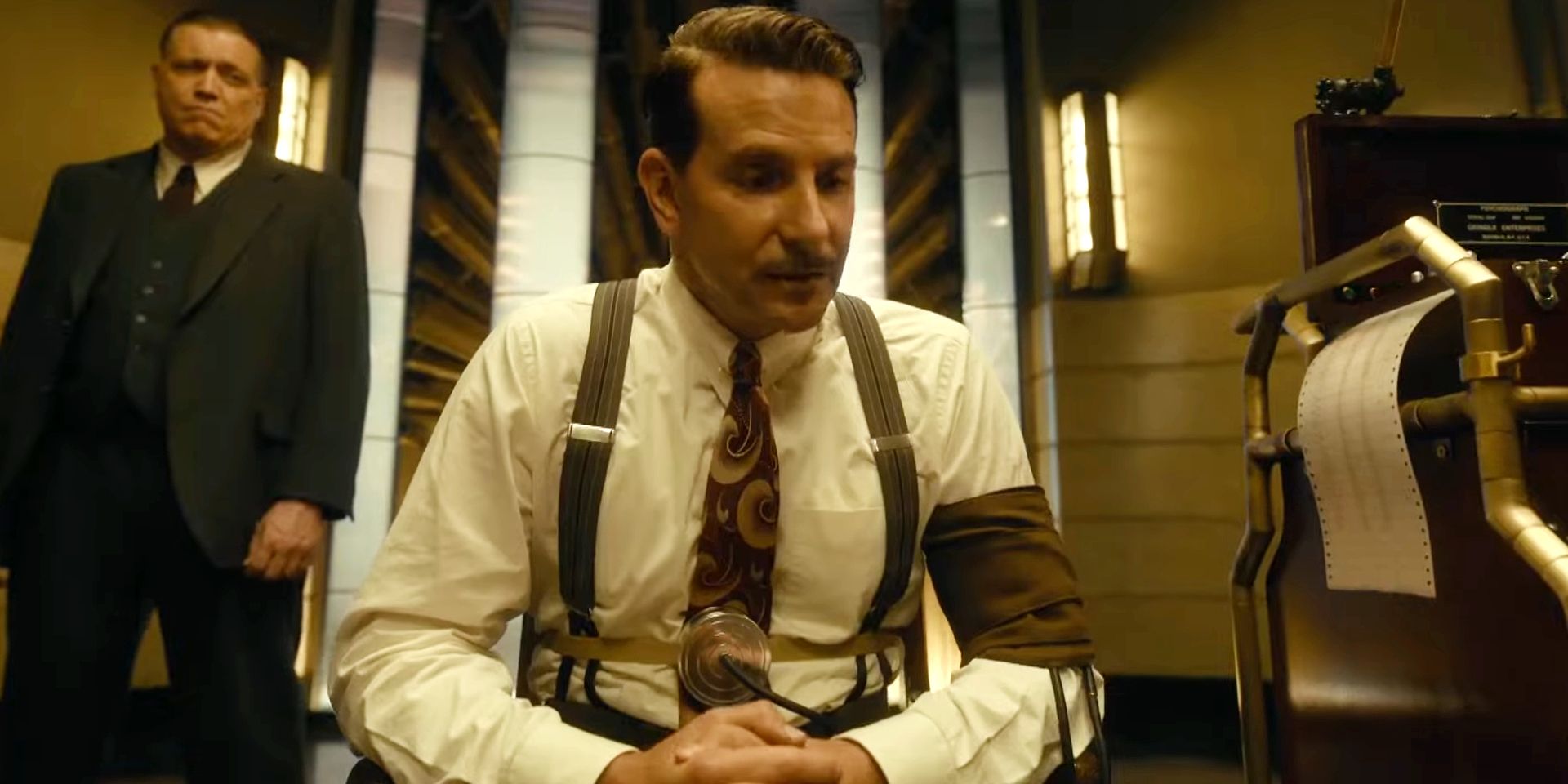Author William Lindsay Gresham's 1946 noir thriller novel Nightmare Alley was originally adapted as a 1947 film that flopped at the box office became a cult classic as audiences came to appreciate the more cynical aspects of the film. The book has now been once again adapted by visionary director Guillermo del Toro.
While the two films follow the same general story, there are some considerable differences between the two. Del Toro's version introduces new subplots about Stan's father and alcoholism, contains an expanded role for Lilith Ritter, and restores some of the book's darker elements including the ending.
The Film's Introduction
In the 1947 version, the film begins with Stan Carlisle already employed at Clem's carnival. He has already formed his relationship with all of the other carnies and is an established member of the troupe.
However, the 2021 version begins on a much more striking note as Stan drags a body across the floor before burning down his house. He later follows Major Mosquito to the carnival where he is exposed to the acts and performers for the first time. It is an effective change that adds intrigue to Stan's backstory and better introduces the awe and horror of the carnival aspect of the movie.
The Violence
Released at the height of the restrictive Hays Code, it is no surprise that the 1947 version contains far less violence and graphic images than the 2021 version. While the original film suggests the grotesqueness of the geek show, the remake shows the brutality. This modern update also includes several violent death scenes that are absent in the older film.
Given the restrictions it faced, it is impressive that the 1947 version manages to convey as much of the darkness as it does. But the visceral impact of watching a geek bite the head off of a chicken is a shocking visual that the 2021 version is able to use to drive home the devastating condition that some of the characters are forced to endure.
Pete's Willingness To Teach
The 1947 version depicts Pete as protective of his mentalist secrets. Stan is only able to start learning the act when Zeena is in need of a new partner after Pete's death. In the 2021 version, Pete is a more willing teacher who helps mentor Stan.
Though the original version provides more motive for Stan to have intentionally given Pete the alcohol that kills him, the 2021 version makes Pete one of the best characters in Nightmare Alley and ties him into the larger theme of Stan's relationship with older men and father figures.
How To Get A Man To Geek
The geek show is an important plot point in both films, representing the absolute rock bottom the lead character has found himself in. In the 1947 version, Clem refuses to talk about the geek show, defensive of its existence. Pete eventually tells Stan how the geek was a performer who became a geek because of excessive drinking.
However, the 2021 version sees Clem explain the intentional process of using manipulation and spiked alcohol to break a person down so that they can be convinced to become a geek. This change becomes a thematically significant moment of foreshadowing that clues the audience in to the fact that Stan's downfall will be one that is carefully orchestrated and manipulative.
Stan's Father
Little of Stan's pre-carnival days are explored in the 1947 version of the film with Stan only talking about his parents once when he states that he is an orphan. The 2021 adaptation introduces an important subplot about Stan's relationship with, and eventual murder of, his father.
This is one of the most significant changes in the film as it drastically alters Stan's character and the theme of the film. It changes his prophesized downfall to being one in which he is destined to become like his father. It also makes Stan a far less virtuous and innocent character from the beginning.
Alcoholism
While alcohol plays an important role in both films, the 1947 version only talks about alcoholism in general terms, disparaging characters such as Pete for excessive drinking and warning against the dangers of alcoholism.
Rather than making an anti-alcoholism point, the 2021 version makes alcoholism a metaphor for Stan's similarity to his father as he initially resists behaving like his parent but eventually becomes everything he vowed not to be, including going from proudly never drinking to consuming spirits excessively that eventually harms him and those around him.
Newly Added Psychoanalysis Sessions With Lilith
With a runtime approximately 40 minutes longer than the original, the 2021 film includes multiple subplots that are not in the 1947 version, including Stan's psychoanalysis sessions with Dr. Lilith Ritter. This change greatly expands her role while also exploring his backstory.
Lilith is a secondary character in the original, but the 2021 version makes her into one of the smartest characters in Nightmare Alley and someone who is more directly involved in Stan's downfall. Additionally, the added scenes result in more shared screentime between Bradley Cooper and Cate Blanchett, who are excellent together and display magnetic chemistry in their scenes.
The Confrontation With Ezra
In the 1947 version, Stan's climactic session with Ezra is going according to plan until Molly, pretending to be Dory, feels guilty about the ruse and breaks character. Stan knocks Ezra out and runs away.
The new version is far more violent with Ezra discovering the charade before getting beaten to death by Stan, who then also kills Anderson. It is a shocking sequence that shows the full consequences of Stan's deception. It also creates a greater sense of urgency for the character and catalyzes the film's final sequences.
The Ending
Easily the biggest and most important change between the two films is the ending. At the request of the studio, the 1947 version alters the book's ending as Molly finds Stan working at a carnival and promises to take care of him, inferring the story has a happy ending. The 2021 version, however, is far darker, concluding on Stan's admission that he was born to be a geek.
The new ending is heartbreaking and powerful, thanks in large part to an incredible performance by Bradley Cooper. It perfectly brings together the movie's main themes and fully delivers on Stan's promised and self-inflicted downfall. A softer or more hopeful ending would not have been true to the story the 2021 film tells, necessitating the change from the previous version.
Ezra's Dark Past
In an effort to adhere to standards of the time, the 1947 version drops one of the bleakest subplots from the book by omitting how Dory died. The 2021 version restores this storyline and Ezra admits to a history of harming young women who reminded him of her.
The change adds to the darker tone of the film and makes Ezra far less of an innocent victim. It also further illustrates the weight of Stan's deception as even he does not realize the seriousness of the pasts he is messing with.

